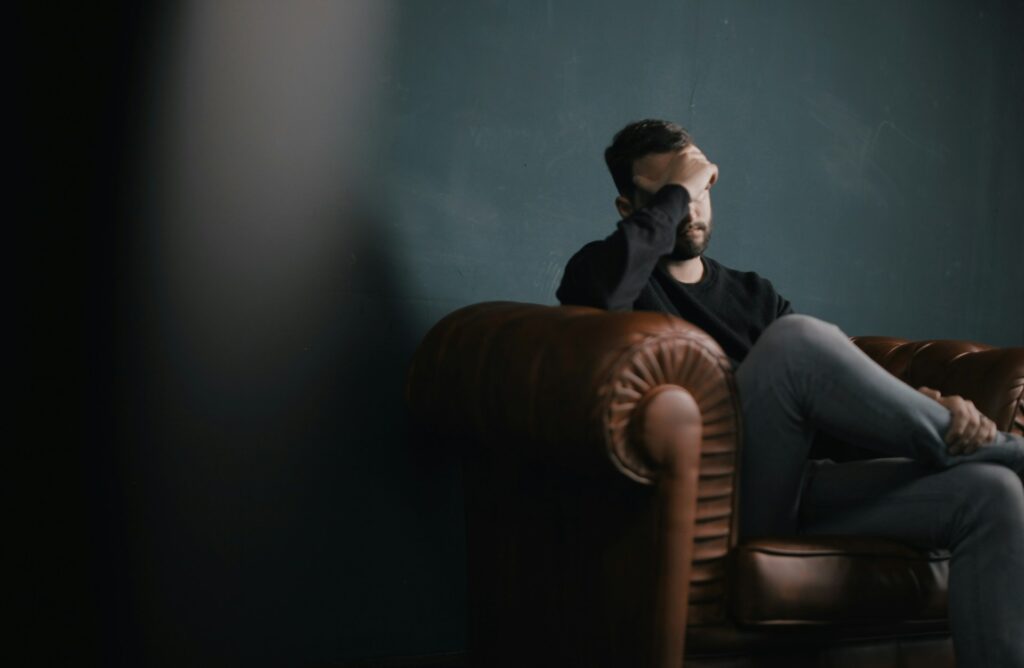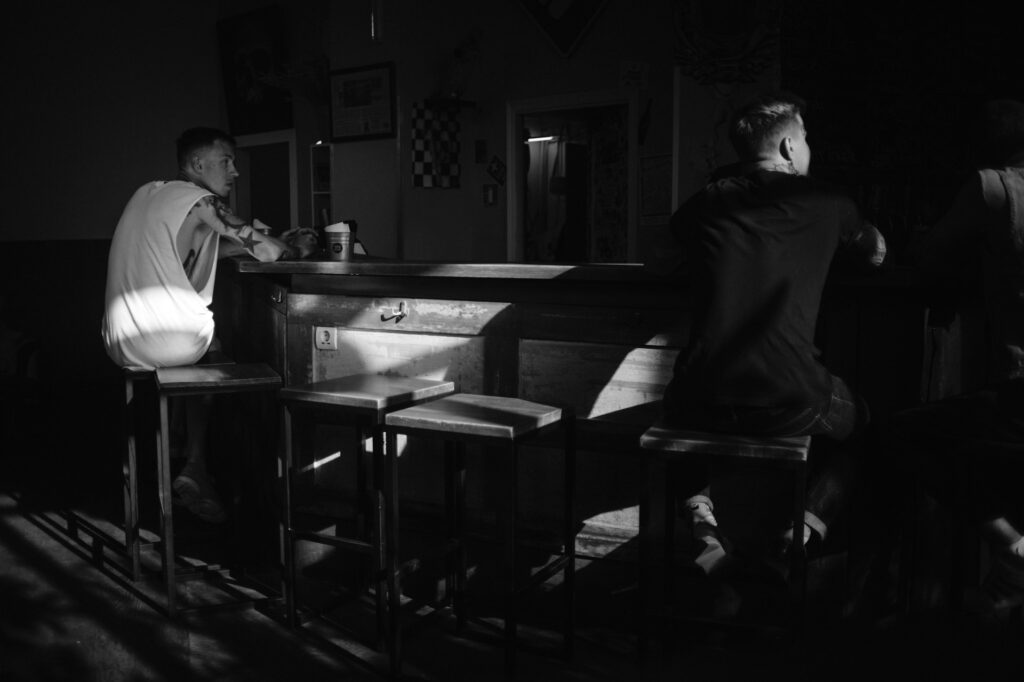How Alcohol Abuse And Poverty Feed Each Other In Ways Most People Miss

A healthy, stable future feels possible when people finally step back and look at how addiction takes root. Support from Sun Valley Rehab helps families see patterns they never noticed. The connection between alcohol abuse and poverty surprises many people, especially when the cycle develops slowly and quietly. People dealing with alcoholism and poverty often don’t realize how everyday decisions become shaped by stress, limited resources, and survival instincts. This creates a loop that affects health, income, relationships, and long-term stability. Isn’t it easier to break a harmful pattern once you understand how it grows?
What Makes The Financial Drain So Much Deeper Than People Expect?
Alcohol misuse slowly builds costs that go far beyond the price of alcohol itself. Alcohol detox in Los Angeles strengthens recovery because people learn how financial pressure becomes a serious relapse trigger. Someone living paycheck to paycheck may already feel unstable, so missed shifts, sick days, or job loss hit hard. A single week with a $50–$100 income drop can push a family into delinquent bills, late fees, or emergency borrowing. Alcohol-related health problems add more strain, especially as poverty and alcohol abuse statistics show higher emergency room use among low-income drinkers.

When medical bills, transportation fines, or childcare disruptions stack up, people feel trapped in a financial loop they can’t outwork. The cycle between alcohol addiction and poverty grows even stronger because money disappears faster than people can recover from the setbacks. Families often face tension at home, lost opportunities, and long-term budget instability that slowly erodes confidence and emotional well-being. Doesn’t it become clearer why financial strain and alcohol use reinforce each other?
Key Costs That Turn Minor Drinking Into Major Damage
Money disappears faster than most families expect when alcohol becomes part of daily life. These numbers give you a clearer picture of how small expenses can escalate.
- Missed work shifts from alcohol-related issues cost families an average of $80–$150 per day
- Alcohol-related workplace absenteeism costs U.S. employers more than $179 billion annually
- ER visits linked to alcohol average $1,100–$3,800 per incident
- Traffic fines related to impaired driving often reach $500–$2,000, depending on the state
- A single DUI can cost $10,000–$25,000 in total fees
- Households living paycheck to paycheck can be destabilized by a $50–$100 weekly financial gap
How Does Chronic Stress Biology Raise The Risk For Low-Income Communities?
Chronic stress reshapes how the brain responds to pressure, and outpatient alcohol rehab in Los Angeles teaches clients how elevated cortisol makes cravings more intense. People under long-term financial stress experience sleep problems, irritability, and reactive decision-making. When every day feels uncertain, the brain looks for fast relief instead of long-term solutions. Scientific research supports this pattern, and poverty and alcohol abuse connections reflect how stress biology influences drinking behavior.

The constant fight to cover rent, utilities, food, and transportation leaves little mental space for recovery or healthy coping strategies. People become more vulnerable to triggers when chronic stress blocks emotional regulation. This is why alcohol abuse and poverty often show up together across communities facing high unemployment and unstable income. Doesn’t it make sense that the brain, overwhelmed by survival stress, reaches for anything that brings temporary comfort?
Stress Numbers That Show Why Relief Becomes a Habit
Chronic financial pressure changes the body in measurable ways. These facts illustrate why people under long-term stress reach for alcohol more often.
- Nearly 63% of low-income adults report chronic stress symptoms
- Long-term financial stress raises cortisol levels by 20%–40%
- People with elevated cortisol have a 2–3x higher risk of heavy drinking
- Individuals below the poverty line experience sleep problems at rates 55% higher than higher-income groups
- Studies show that economic stress increases impulsive decision-making by up to 30%
- Households under high financial strain report double the relapse rates compared to stable-income homes
Why Do Environmental Triggers Hit Low-Income Areas Much Harder?
Environment shapes behavior more than most people realize, and alcohol addiction treatment Los Angeles programs explain how neighborhood structures influence recovery. Low-income areas often have higher liquor store density, fewer parks, and limited mental-health resources. These patterns align with alcohol and poverty statistics, showing increased alcohol availability in disadvantaged zones. People trying to reduce drinking walk past constant cues, from storefronts to advertising, which makes self-control harder. Fewer health clinics mean delayed care, late diagnoses, and untreated mental-health concerns that intensify alcohol use.

Neighborhood noise, crowding, and lack of green space elevate stress levels, reducing chances for healthy coping outlets. When supportive environments are out of reach, people feel alone in their struggle. This makes alcohol abuse and poverty feel even more connected, because geography influences opportunity, health, and mental resilience. Doesn’t a person’s zip code often shape their recovery path more than their intentions?
Neighborhood Data That Shows How Environment Shapes Drinking
The physical environment around a person has real statistical influence on alcohol use. These numbers show how geography and availability impact behavior.
- Low-income neighborhoods often have 3–6x more liquor stores per square mile
- Areas with fewer parks report 25% higher alcohol misuse rates
- Access to mental-health clinics is 60% lower in high-poverty zones
- High-noise areas increase daily stress hormones by 15%–20%
- Neighborhoods with dense alcohol advertising see 40% higher binge-drinking rates
- People in disadvantaged areas report 1.8x more drinking triggers in daily routines
What Family Ripple Effects Do People Rarely Notice At First?
Alcohol misuse disrupts routines long before families recognize the full impact. Group therapy for addiction treatment helps people understand how one person’s drinking affects everyone in the home. Kids may miss school due to chaotic mornings, adults lose sleep from nighttime conflict, and emotional tension builds even when no one talks about it. Subtle disruptions soon lead to academic decline, workplace problems, missed deadlines, and strained relationships. These outcomes appear gradually, which makes them easy to overlook.

Families under stress often experience communication breakdowns, confusion, and financial shortfalls that grow worse over time. Research on poverty and alcohol abuse statistics shows how unstable households face higher risks for long-term setbacks. The combination of alcohol abuse and poverty pressures families from multiple sides, making daily life unpredictable. Isn’t it heartbreaking how a problem that begins with one person’s coping mechanism can reshape an entire household?
Household Impacts That Build Up Before Anyone Notices
Alcohol misuse sends shockwaves through a home long before symptoms become obvious. These numbers highlight how quickly routines break down.
- Children living with a parent who misuses alcohol miss school 32% more often
- Homes affected by drinking report 23% higher conflict rates
- Adults in these households lose 8–15 days of productivity per year
- Academic performance drops by up to one full grade level in unstable homes
- Financial disputes rise by 40% when alcohol becomes a household stressor
- Families dealing with chronic drinking have 2–4x higher rates of emotional burnout
How Does Limited Access To Treatment Keep The Cycle Alive?
Access to care determines recovery outcomes, yet many people face barriers that make treatment feel out of reach. Transportation issues, long waiting lists, insurance gaps, and hidden costs prevent people from getting help when they need it most. Alcohol addiction and poverty patterns show that low-income families often delay treatment because they can’t take unpaid time off work or arrange childcare. This delay raises relapse risk, increases medical complications, and deepens financial instability.

When treatment options feel limited, people lose hope, and alcohol becomes a short-term coping tool again. The system indirectly reinforces alcohol abuse and poverty, because communities with the greatest need often have the least access to professional help. Isn’t the cycle easier to break when support is consistent, affordable, and available without long delays?
Access Barriers That Keep Recovery Out Of Reach
Treatment remains difficult to reach for many families. These numbers show how structural barriers reinforce relapse patterns.
- Nearly 26 million Americans need addiction treatment, but only 4 million receive it
- Lack of insurance blocks treatment for 1 in 3 low-income individuals
- Average wait times for affordable treatment programs range from 14 to 45 days
- Transportation barriers affect 45% of low-income treatment seekers
- Missed work during treatment can cost $600–$2,000 per month
- Communities with the highest poverty rates have fewer than 1 clinic per 25,000 residents
Why Alcohol Abuse And Poverty Keep Pulling Families Back
Breaking the link between alcohol abuse and poverty becomes possible when families gain access to support, stability, and compassionate treatment. Healing grows faster when people understand how biology, environment, finances, and relationships shape addictive behavior. Hope stays real with strong recovery tools and community support. You can always reach out and contact us when you or someone you love needs guidance, clarity, or reassurance during this process.
You Have Questions
We Have Answers
At Tranquility Recovery Center, we offer treatment for a wide range of addictions, including alcohol, opioids, prescription drugs, and illicit substances. Our team tailors each program to meet individual needs, focusing on both the physical and emotional aspects of recovery.
At Tranquility Recovery Center, we offer treatment for a wide range of addictions, including alcohol, opioids, prescription drugs, and illicit substances. Our team tailors each program to meet individual needs, focusing on both the physical and emotional aspects of recovery.
At Tranquility Recovery Center, we offer treatment for a wide range of addictions, including alcohol, opioids, prescription drugs, and illicit substances. Our team tailors each program to meet individual needs, focusing on both the physical and emotional aspects of recovery.